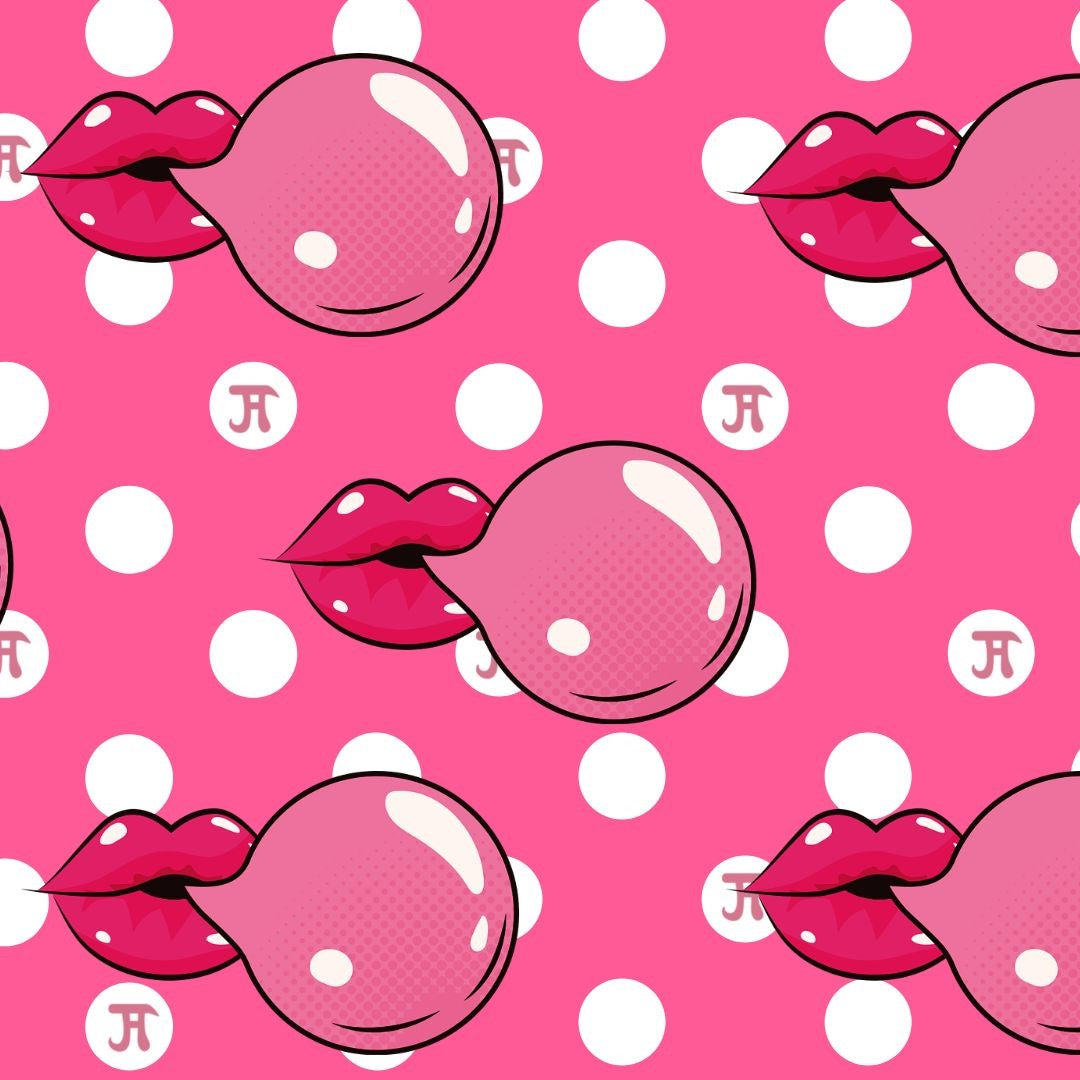Also called vaginal candidiasis, vaginal yeast infections affect up to 3 out of 4 women at some point in their lifetimes. Many women experience at least two episodes. You may have experienced this before and were unsure what was going on? Maybe you were afraid to reach out and ask for help? You’ve got questions, we’ve got all the answers, no taboos! Fortunately, there are effective and easily accessible treatments. You will want to bookmark this one!

What is it?
A vaginal yeast infection is a fungal infection of the vagina and/or vulva, and can also affect the anal area. This type of infection is caused by an overgrowth of yeast or candida; a fungus normally found in the vagina, mouth and digestive tract, as well as on the skin. Candida is part of the normal bacteria and fungi that make up the human body. When your immune system is strong and healthy, it maintains the right balance of candida. However, this balance can be disrupted when your immune system is weakened or if you take antibiotics, and this may lead to a yeast infection.

Who is at risk?
Women frequently get yeast infections. In fact, most will have at least one at some point in their lives. Women with HIV tend to suffer from it more frequently and may find it more difficult to treat. As their immune system weakens, these women become more susceptible to contracting a yeast infection, which can be more serious for them.

When am I at risk?
-If you are taking certain medications such as antibiotics, hormones such as contraceptives or corticosteroids,
-If you are experiencing higher than usual stress
-If you are lacking sleep
-If you are pregnant-If you are suffering from diabetes

What about sugar?
If you are prone to yeast infection, sugar is not your friend. When you consume high amounts of starchy or sugary foods, the PH in your system in affected. Sugar is added to many processed foods, so read the label carefully. Sugar can appear as glucose & fructose. Some manufacturers add juices that tend to have high levels of naturally occurring sugar like grape juice to certain foods. All these sugars may contribute to provoking the breakout of a yeast infection.

What are the symptoms?
If you are experiencing any of these, you MAY have a yeast infection:
-vaginal itching
-burning sensations
-redness or swelling of the vulva
-thick white discharge from the vagina
-burning sensations during urination
-painful intercourse

How do I know for sure?
If you experience any of these symptoms, it is important that you see your doctor asap to confirm that it is indeed a yeast infection, as such symptoms may suggest other causes that would require another type of treatment. Your doctor will perform a pelvic exam and take a sample, which will be examined under a microscope to determine if candida is the cause of the symptoms. If you have a yeast infection, try to abstain from sexual activity until the infection is gone. Otherwise, you could not only make your vaginal irritation worse. You may also put your partner at risk of an infection.

How will I treat it?
Thankfully, the symptoms of a yeast infection will completely go away with the right intervention. Treatment and medication will vary depending on your age, how widespread the infection is, if you are pregnant, and your overall health. Generally, yeast infections can be easily treated with ointments or other anti-yeast (antifungal) creams. If you have a severe infection and have a weak immune system, you may need to take an oral anti-yeast medicine.

Creams
Many yeast infections can be treated with products that you can buy over-the-counter at the pharmacy. These products include vaginal suppositories and creams. Commonly used medications include Canesten, Clotrimaderm, Micozole and Monistat. These products are inexpensive and have virtually no side effects. However, they can be messy and often take longer to work than prescription treatments. Your doctor will advise you of the type of treatment that is suitable for you.

Drugs
If the yeast infection is more aggressive and creams are not working, your doctor may prescribe an oral medication. Although meds as a treatment for yeast infections is very convenient and works faster than creams, they are more expensive. They can also cause unwanted side effects and interact with other medications. For many patients, the most effective treatment for yeast infections is Diflucan, an antifungal drug, which is taken once a day for 3 days.

Can I prevent this?
YES! There are several ways to avoid getting a yeast infection or at least, minimize the symptoms if you get one.
-Reduce your intake of sugar and starchy foods (starchy foods).
-Eat yogurt that has live bacterial culture. Having one cup of plain yogurt daily containing “live” or “active” cultures can help reduce the recurrence of yeast infections. The yogurt label usually indicates whether the bacterial cultures are live or active.
-Take lactobacillus acidophilus supplements, available at most health food stores. This will also help maintain a healthy balance of bacteria in your body and reduce the risk of yeast infections.
-Avoid tight clothing or clothes made of synthetic material.
-Keep excellent hygiene, especially when you are on your period, and change often.
-After exercising and swimming, remove soaked clothing and bathing suits as soon as possible.
-Avoid hot tubs and very hot baths.

The most important thing to remember about this article is that you need to listen to your body! Doing nothing and hoping something will go away could have serious consequences. We are here for you, never hesitate to reach out!
Got a Period Question? Contact us and we may feature the answer in an upcoming blog. You can also ask an anonymous question on our Quora platform: EVERYTHING PERIODS. No taboos!
Be safe, be well, Justine 😊
Have a Happy Period 😊
Shop Justine Haines Collections



